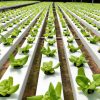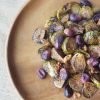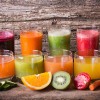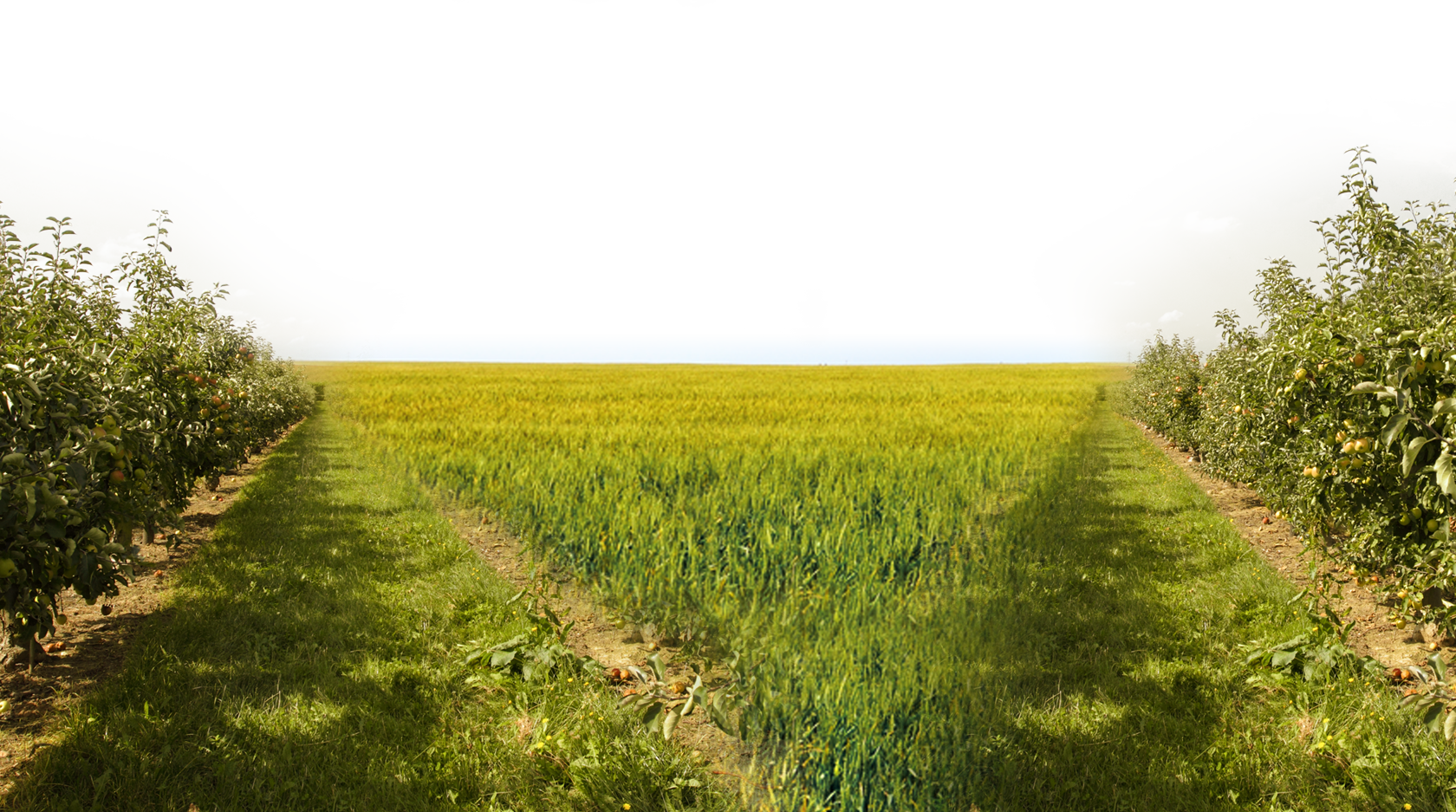
What Do the Different Certified Organic Labels Mean?
By Aisleagh Jackson | 0 Comments | Posted 11/20/2014
The U.S. Department of Agriculture Organic set the standards for Organic food production in 2000, after ten-years of research and development. Organic certifiers are accredited by the USDA, and are responsible for inspecting the claims of producers. The USDA Organic seal indicates that the food or product has met the standard.
There are three levels of Organic certification:
100% Organic, which means all ingredients were produced without the use of antibiotics, hormones, genetic engineering, radiation or synthetic pesticides or fertilizers. Products that meet this standard can display the USDA Organic seal, and/or the certifying agent’s logo.
Organic, which means that at least 95% of the ingredients have been produced organically, and the remaining ingredients, while not available organically, are on the National Organic Program’s list of approved substances. These products may also display the USDA Organic seal, and/or the certifying agent’s logo.
Made with Organic Ingredients, which means that 70-94% of the ingredients have been produced organically, with the majority of the remaining ingredients coming from the NOP list of approved substances. These products can display up to three organic ingredients on their packaging as well as the certifying agent’s seal, but they may not bear the USDA Organic seal.
You may also find products that list organic ingredients in their information panel but don’t bear a seal; this means that less than 70% of the ingredients have been produced organically, making them ineligible for certification.
Takeaways? If you are looking to buy organic, it’s hard to beat 100%, but it’s also true that every little bit helps. Some ingredients are not yet available certified organic (it takes a minimum of 2 years of organic practices before soil can be called organic, for example), but supply is working to catch its way up to demand. By choosing to purchase organic products, you are helping to make 100% organic possible.
For more information on Organic:
For more information on the National Organic Program’s List of Allowed and Prohibited Substances


 Contact us
Contact us



























